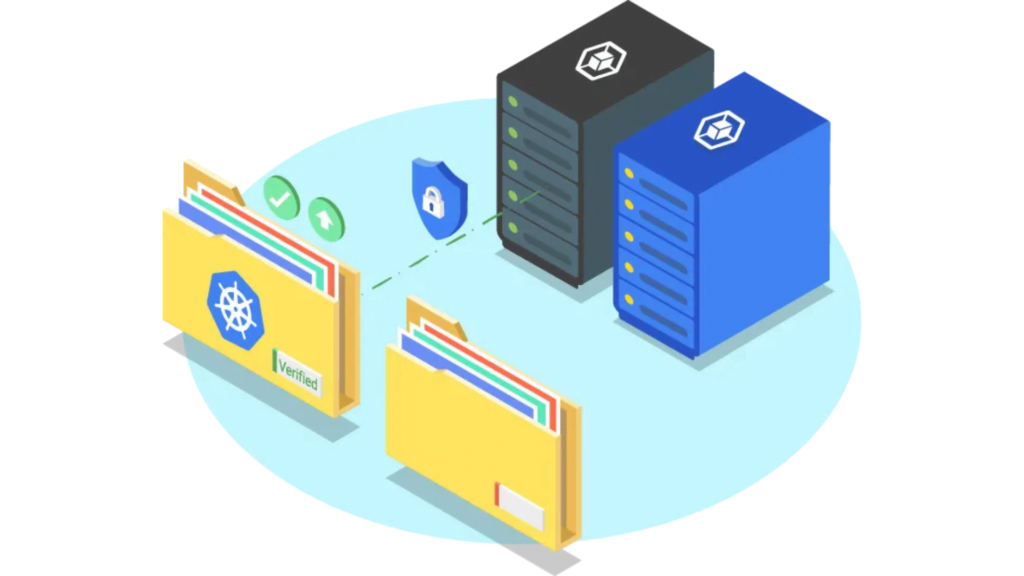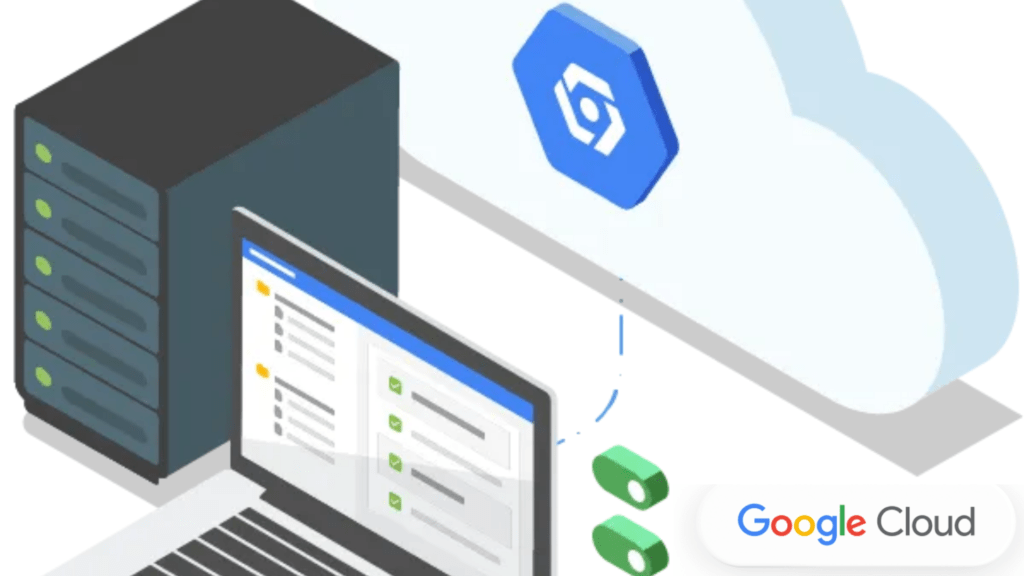Why do you think IBM estimated that by 2021 businesses would move 75% of their existing non-cloud applications to the cloud back in 2018?
Are you still thinking? Read on to know the answer.
To succeed in a fast-paced, technology-driven landscape, companies must transform how they create, build, and use business applications. Cloud native application development is one such approach. It leverages the flexibility, scalability, and resilience of cloud computing to achieve overall operational efficiency.
Let’s understand what Cloud native applications are in detail.
- Cloud-native applications are more about how they are built and deployed than where they reside.
- Cloud-native applications are a collection of tiny, exclusive, and loosely coupled services called microservices.
- They are building blocks and often packaged in containers, also known as containerization.
- These microservices come together to form an application, yet they can be independently managed, scaled, and continuously improved.
- With the cloud-native approach, developers can quickly augment applications without delays in delivery or disruptions in functionality.
In short, Cloud-native application architecture quickens the application development process, optimizes the existing ones, and connects them all.
Its ultimate goal is to deliver applications a user wants at a pace your business needs.

Status-quo of Cloud native application architecture
Unlike other significant trends in the IT landscape, Cloud native application development has achieved remarkable and sustained growth for enterprise IT. However, it is not yet monotonous to watch the rise, challenges, and deployment of the Cloud native application architecture.
It has continued to evolve and kindle a handsome amount of projects, innovations, and opportunities for application development and IT infrastructure as a whole. Today, Cloud native applications and Kubernetes are becoming a vital part of the enterprise IT arena simply because they are termed as “enablers” of digital transformation—although, indirectly!
Kubernetes is a popular technology among application developers. So let’s explore it a bit more.
Kubernetes was initially designed by Google and is currently managed by Cloud Native Computing Foundation or CNCF.
Kubernetes is a system for automating application development and containerization of workload. It is an open-source platform with a large, rapidly growing user base.
What can it do for you?
- Service discovery and sharing the load: Distribute the network traffic and load balance when traffic to a container is high to allow stable deployment.
- Storage orchestration: Automate deployment of a storage system of your choices, such as public cloud storage providers and more.
- Automated rollouts and rollbacks: Automates the process of container management. You can create new containers, remove existing ones and shift all their resources to new containers.
- Automatic bin packing: Automatically assigns containers onto your nodes to optimize your CPU and RAM storage.
- Self-healing: Automatically restarts failed containers, kills those not responding to health checks and keeps them quarantined until they are ready to be up and serving.
- Secret and configuration management: It stores and manages sensitive information without exposing your stack configuration.

Latest trends in Cloud native Application Development
1. The “lift and shift” transition of non-cloud applications
The number of projects, ideas, and innovation opportunities in the cloud-native landscape is skyrocketing. An increasing number of projects are close to maturity and almost ready to be used as enterprise solutions and others, in incubation waiting to be promoted.
Many tech-based companies are exploring cloud-native environments with their service expertise to get a headstart.
2. Cloud native also becomes popular among non-developers
Cloud-native is not confined to the technological phenomenon but also influences an organization’s overall digital value creation. The impact of cloud-native architecture thus goes far beyond developers and cloud architects.
An increasing number of non-developers are becoming active and driving development around cloud-native architecture by sharing their requirements and discussing cultural and business opportunities.
3. Cloud native promoting a serverless landscape
Going serverless is becoming a hotly debated topic in the environment of cloud architectures. Its popularity can be attributed to the fact that being serverless puts companies in lock-in and makes them less flexible in terms of programming. However, container technology is also a driver of serverless or NoOps, and Kubernetes ensures that necessary computing resources are always available with container orchestration.
Thanks to automation and independence, applications are no longer impacted by the operating environment. AWS and Lambda have also long been on the serverless and container technology bandwagon, depicting how serverless will play a crucial role in the near future.
4. Kubernetes being a hybrid Platform as a Service (PaaS)
With an increasing number of unified platforms and services deployed regardless of the IT infrastructure, enterprises are at constant risk of vendor lock-in. Many companies work on multiple integrated architectures such as on-premise, public cloud, and private cloud. Through services as Kubernetes or Azure Arc, or Google Anthos, the cloud is growing remarkably and is ultimately an abstracted operating environment backed by microservices and PaaS to operate.
5. Kubernetes for stateful applications

The advantages of developing applications in a cloud native architecture using the container technology are primarily:
>Resilience
>Portability
>Automation
>Consistency
Kubernetes have long been supporting stateless applications, which have no data persistence themselves and perform every action as it were the first time.
On the other hand, stateful applications contain critical data to their performance. These include Big Data Applications, machine learning, or other databases. These applications have persistent storage available via APIs and are essential to enterprise operations. Thus, stateful applications will account for a larger share of growth in the cloud-native environment, despite higher complexity.
The road ahead
The growth and popularity of cloud native architectures and especially Kubernetes-based systems seem to be booming in the years to come. As a result, companies should strategize a foresighted transition to cloud-native environments for continued business success.
It is not always recommended to follow the herd and migrate all applications to the cloud, break them into microservices and package them in containers. Instead, identify the correct course of action based on use-cases and take deliberate steps forward.
We at Copper Mobile are here to assist you with expert advice on how to switch to cloud-native application architecture with ease. Contact us now for a bespoke solution.




